Contents
9. OxiClean And Water
Oxiclean and water can be a good method to remove the mildew from fabric for anyone who has a problem this stubborn problem. With this simple method, you can get rid of the mildew out of fabric without spending too much money, time and efforts. To use this method, you will need to:
- Mix water and OxiClean to create a thick paste.
- Use your hands and rub this paste in the mildew –affected areas.
- Leave it for one day before washing this fabric in the washing machine. OxiClean can be added to maximize the power.
- Let it dry naturally in the sun.
See more: How to remove wine stains
10. Soapy Water
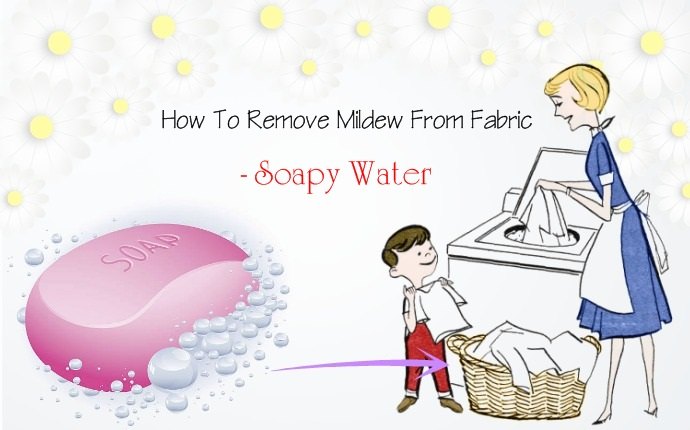
If the mildew is making you crazy by destroying your clothes, you can seek for a solution from two familiar house items, soap, and lukewarm water. All you need to:
- Create a mixture of soap and lukewarm water.
- Squeeze the soap, wipe at the mildew –affected areas, allowing the soap water solution to soak in. Remember two things. Firstly, never scrub or rag too hard into the fabric in order not to force mildew deep inside your fiber. Secondly, remember to take an enough amount of water because the mildew will grow faster due to the exceeded amount. Your purpose is to remove the mildew from fabric, not give it a bath.
- Remove the excessive moisture and dry the fabric. A quick vacuuming can help to get rid of the moisture faster in this case.
See more: Soap making fun review – does the program really work?
11. Ammonia
Ammonia is another effective weapon to fight against mildew. If you are looking for ways on how to remove mildew from fabric, you should try this method. There are two ways for you to choose. The first way is to:
- Clean the fabric that has mildew in a solution made of ammonia, baking soda, vinegar, and water.
- Then, rinse it off by using a cloth towel and absorbing the excessive moisture.
The second way is simpler. You just need to:
- Create the solution by mixing ammonia and water then clean the fabric in this solution. A toothbrush can help a lot in removing mildew on hard-to-reach turns.
- Rinse the fabric properly and dry it naturally.
One thing to remember if you want to use this method is that you will need to wear gloves to protect your hands from these unfriendly chemicals.
See more: How to remove coffee stains
12. Bathroom Mildew Remover
Among all the ways on how to remove mildew from fabric, this method also appears due to its ability to deal with mildew. People often come to bathroom mildew remover when the simple soak does not work. However, along with its effectiveness, its power is also a problem that needs careful consideration. The bathroom mildew not only removes the mildew but also fades off the fabric color. The excessive use of this liquid can also damage the clothes by creating holes in the fabric. Therefore, you should only use this method in case other options are not available or not successful in getting rid of the mildew. To use this method, you need:
- Directly spray the remover on the mildew-affected fabric or simply dab the fabric with the help of a cotton ball.
- Leave the fabric for around 5 minutes before washing it with warm water.
- Hang the fabric so that it can get dry completely.
See more: How to iron clothes
13. White Vinegar
As one of the excellent mild killers, it will be a big mistake if white vinegar [1] is absent from the list of ways on how to remove mildew from fabric. This liquid has been well-known for its benefits for beauty and health. However, it is also a gift of nature with the ability to remove more than 80% of mold species. To use this non-toxicant liquid, you will need the non- diluted vinegar and a spray bottle. Then, do as below:
- Mix white vinegar (1 cup) with water (a bucket).
- Soak the fabric in this solution for 1 hour.
- Set the hottest temperature of your washing machine and launder the clothing.
Or in a more simple way, you just need to:
- Add about 250 ml of the white vinegar to the washing machine.
- Wash as normal until the mildew is removed.
One thing to remember that vinegar can interact with bleach and form a toxic gas. Therefore, make sure that you do not mix it with any product containing bleach for your safety.
14. Borax
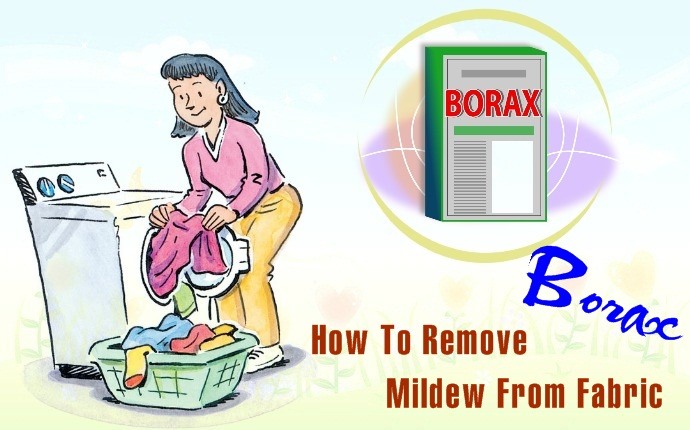
It comes as a surprise for many people to know that borax is also one of the tips on how to remove mildew from fabric. Its effectiveness in getting rid of mildew has been confirmed, making it a potential option for you to try at home. You can easily get this water- soluble mineral in form of a detergent or the power. For the power, you will have to do one more step as mixing it with the water based on the recommended amount on the label. Then, follow these instructions:
- Soak the clothing that has mildew problem in the mixture for at least 1 hour.
- Wash with water after when the mildew disappears. Using a sponge to brush the fabric surface can speed up the process. A washing machine is an alternative in case you don’t want to waste your energy.
- Dry the fabric under the sunlight.
15. Salt And Lemon
Not many people know that the stubborn mildew can easily be defeated by a simple solution that can be created in every kitchen. The two ingredients used to create this solution are salt and lemon.
See more: Benefits of lemons
Let see how to remove mildew from fabric with this home solution:
- Mix the lemon juice with a little salt to make a thick paste.
- Rub the mildew stain with lemon and salt paste.
- Leave it in the direct sun to get dry. The mildew will disappear quickly.
In some cases, you may have to repeat it several times to remove the mildew completely.
Read more: Easy lemon recipes: top 9 beauty recipes for hair and skin
16. Baking Soda
There is no need to say more about the cleaning uses of baking soda
. As an effective tip on how to remove mildew from fabric, baking soda will not let you down with its performance. To use this method, let see the following instructions:
- Mix the vinegar and warm water together
- Spray this solution on the mildew- affected area and leave it for about 10 minutes.
- Apply the baking soda to that area when it is still moisture with vinegar.
- Wash the clothing and dry as usual. For upholstery and carpet, vacuuming is required before the drying process.
Learn more: Benefits of baking soda
Additional Tips
As an old saying, “prevention is better than cure”, you are advised to protect your clothes in advance to stay away from mildew. With some simple tips for daily routine, you can save your time and effort that are used for finding ways on how to remove mildew from fabric. These suggested tips are very easy to practice at home:
- Keep your clothes dry and clean when they are not used.
- Do not leave your dirty clothes on the floor and in the washing machine. They are the potential environment for the mildew to grow.
- Only hang clothes in the wardrobe after washing and drying, especially with the dirty or damp clothes.
- Open the window frequently to get fresh air and reduce the excessive moisture in your house. Mildew is likely to grow in the humid and dark environment.
Mildew is a common problem that threatens not only your clothing but also your health. Because it is quite small and happens frequently, people often ignore mildew, leading to many hidden risks. Actually, it is not hard to get rid of this stubborn stain. All you need is patience and a list of ways on how to remove mildew from fabric that is recommended in this article. Let pick one tip that fits the most and save your clothes. If you have more ideas on how to remove mildew from fabric, please share with us. For more information, please visit the main page How To
Recommended articles:
Want More Content Like This In Your Inbox?
- 20 Tips On How To Leave An Abusive Relationship
- Learning Tips To Sleep Better At Night During Pregnancy
- How to prevent bloating in the morning & at night – 10 tips
- Top 30 Positive & Side Effects Of Sunlight On Human Body
- 10 Best natural ways to increase metabolism
- How To Get Rid Of An Ear Infection At Home Quickly
- How to treat osteoporosis naturally without drugs – 10 ways
- Ipad4idiots Review – Is It An Easy Guide To Use Ipad?

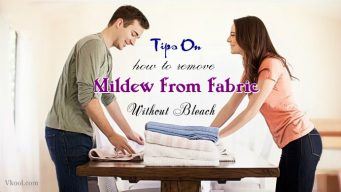


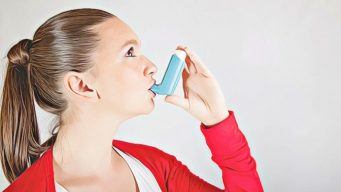









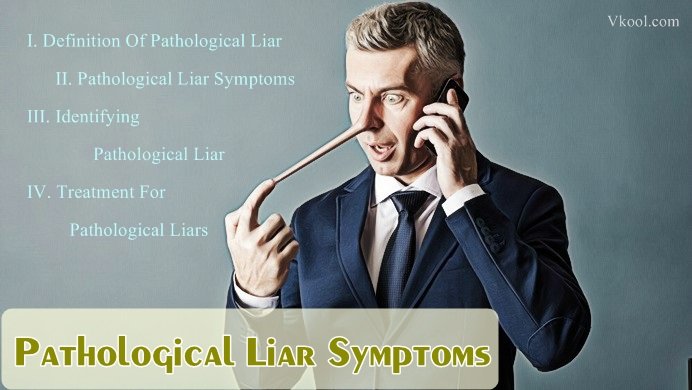




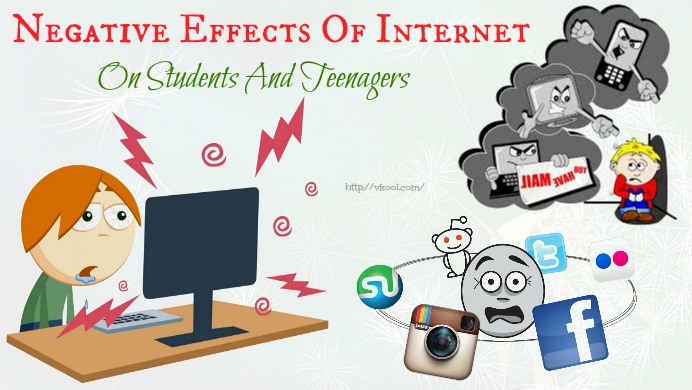

 Chakra tapping PDF review – is it realiable to read?
Chakra tapping PDF review – is it realiable to read?  11 Career Development Tips Revealed For Your Career Success
11 Career Development Tips Revealed For Your Career Success  30 Easy Short Hairstyles For Men And Women
30 Easy Short Hairstyles For Men And Women  A Walk Into Abstracts Review – Can Sue’s Painting Course Work?
A Walk Into Abstracts Review – Can Sue’s Painting Course Work?  My Boat Plans Review – Is Martin Reid’s Guide Useful?
My Boat Plans Review – Is Martin Reid’s Guide Useful?  Rocket Japanese Premium Review – Is It Reliable?
Rocket Japanese Premium Review – Is It Reliable? 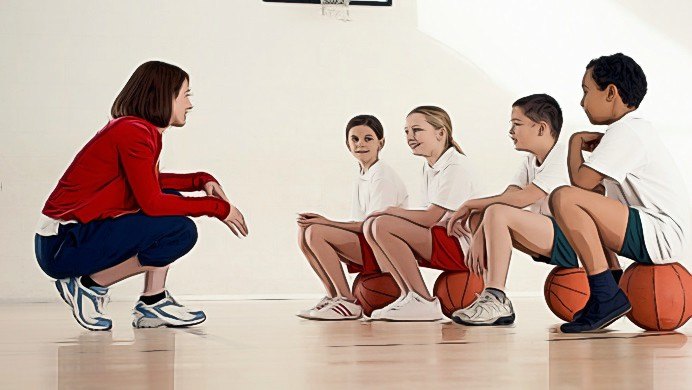 Ebasketball Drills Review – Does Derek’s Basketball Course Work?
Ebasketball Drills Review – Does Derek’s Basketball Course Work?  How to train your brain to think positive for happiness
How to train your brain to think positive for happiness 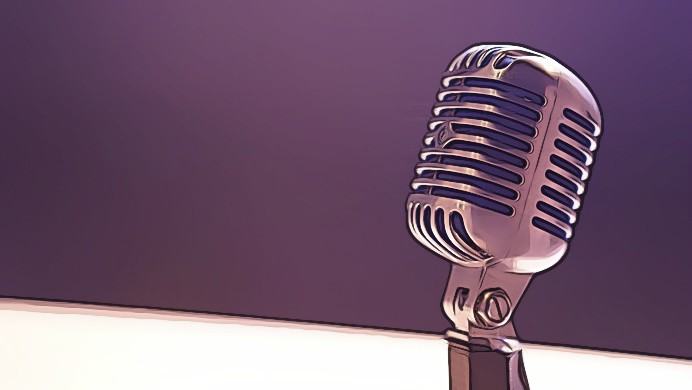 Pitch Perfector Review – Can Stephen’s Course Work?
Pitch Perfector Review – Can Stephen’s Course Work? 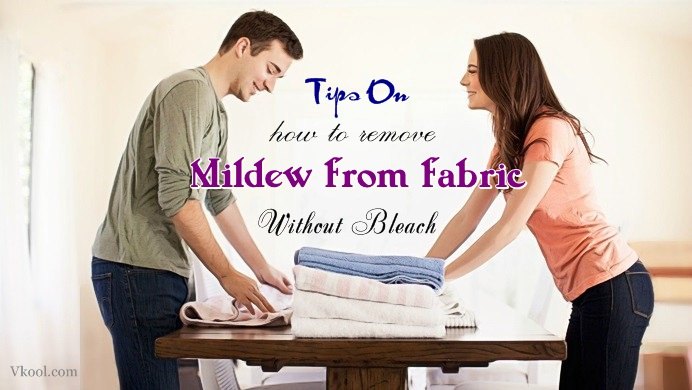 16 Tips On How To Remove Mildew From Fabric Without Bleach
16 Tips On How To Remove Mildew From Fabric Without Bleach